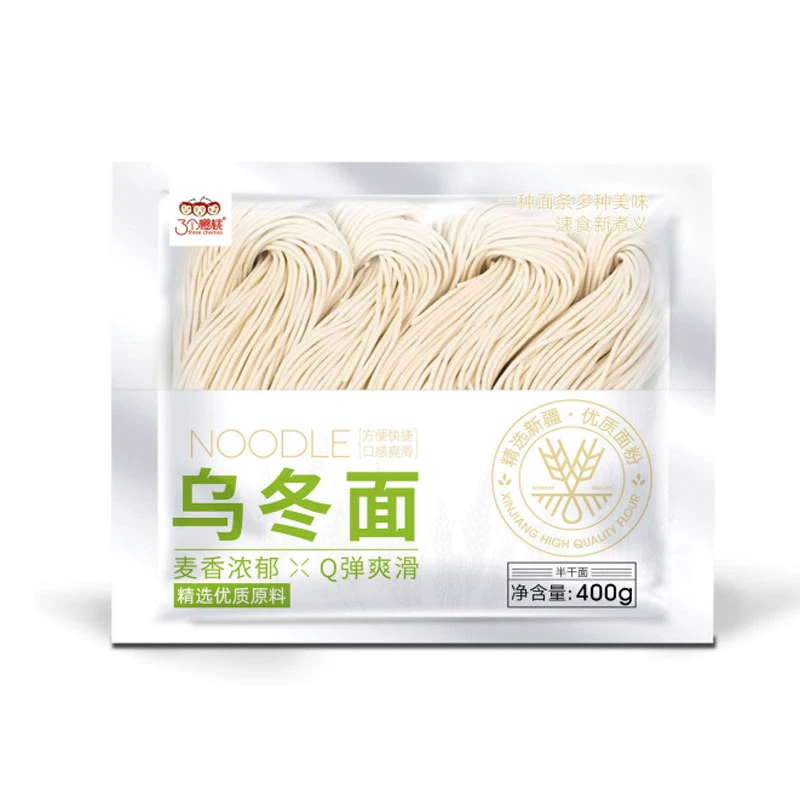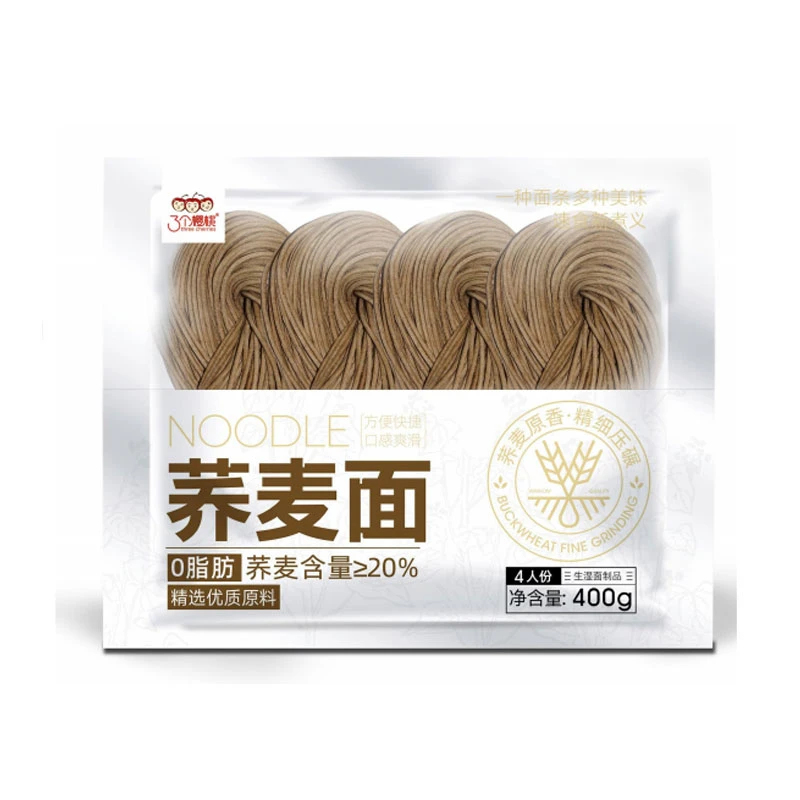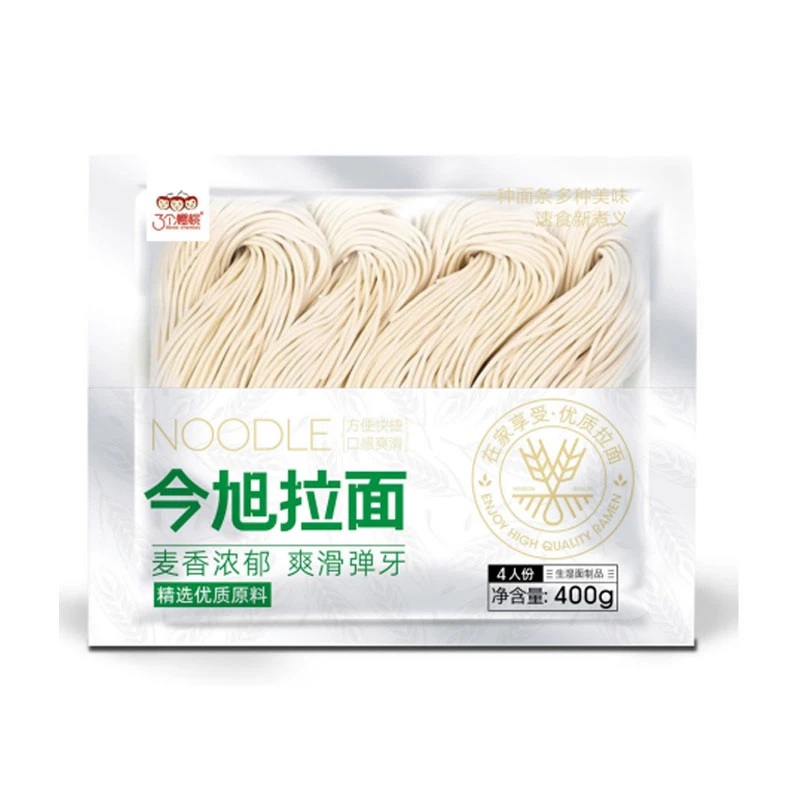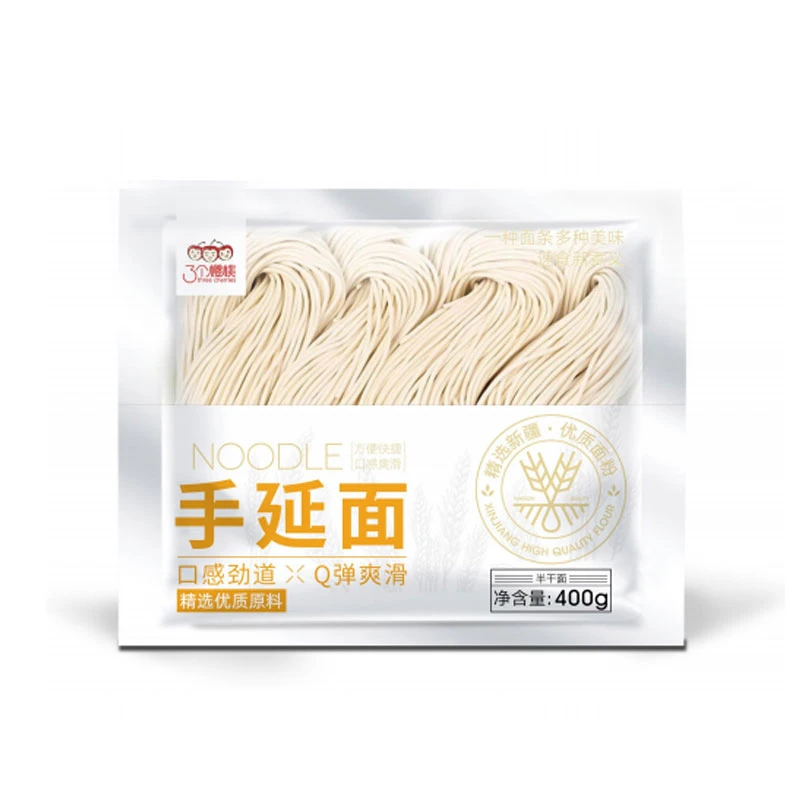Italian Noodles: A Timeless Culinary Heritage
Italian Noodles encompass a diverse range of pasta varieties that have shaped global culinary traditions for centuries. From delicate sheets of lasagna to twisted fusilli, these staples form the foundation of Italian home cooking and fine dining alike. What distinguishes Italian Noodles is their emphasis on simplicity—high-quality flour, fresh eggs, and water are often the only ingredients, allowing the natural flavors to shine through. Whether served as a main course or a side dish, Italian Noodles adapt beautifully to regional ingredients, reflecting the unique culinary identities of regions like Emilia-Romagna, Sicily, and Tuscany. Their versatility makes them a beloved choice in households worldwide, transcending cultural boundaries through their comforting appeal.
Italian Pasta refers to the broader category of dough-based foods that includes all forms of Italian Noodles, each with distinct shapes designed to complement specific sauces
The variety of Italian Pasta is staggering, with over 300 recognized shapes ranging from tiny orzo to large ravioli. Traditional production methods often involve rolling and cutting dough by hand, a practice preserved in many family-owned pasta makers. The texture of Italian Pasta is crucial—properly cooked pasta should have a slight resistance when bitten, known as "al dente," which enhances the eating experience by providing a satisfying chew. This attention to texture, combined with careful shape selection, ensures that Italian Pasta delivers both visual appeal and flavor harmony in every dish.
Italian Spaghetti stands as one of the most iconic forms of Italian Noodles, recognized worldwide for its long, thin cylindrical shape
Originating in southern Italy, Italian Spaghetti derives its name from the Italian word "spago," meaning "string," a fitting description of its slender appearance. This classic pasta pairs exceptionally well with tomato-based sauces, as its smooth surface allows the sauce to cling evenly to each strand. Italian Spaghetti is also a staple in dishes like spaghetti carbonara and aglio e olio, where its simplicity lets ingredients like eggs, cheese, garlic, and olive oil take center stage. Its popularity stems from both its versatility and ease of preparation, making it a go-to choice for quick weeknight meals and elaborate feasts alike.
Fresh Spaghetti represents a premium iteration of Italian Noodles, valued for its delicate texture and short cooking time
Unlike dried pasta, Fresh Spaghetti is made with little to no drying process, retaining moisture that gives it a tender yet springy bite. Typically crafted from a mixture of "00" flour and fresh eggs, Fresh Spaghetti requires only 2-3 minutes of boiling before reaching optimal doneness. Its porous texture acts like a sponge, absorbing sauces more effectively than dried varieties and creating a cohesive flavor profile. Fresh Spaghetti is often made fresh in restaurants or at home using pasta machines or rolling pins, embodying the artisanal spirit of Italian culinary traditions.
Western Noodles, while distinct from Asian noodle varieties, share with Italian Noodles a focus on dough preparation and texture
Within the Western culinary context, Italian Noodles dominate the category of Western Noodles, celebrated for their ability to serve as a canvas for diverse flavor combinations. Unlike some Asian noodles made with rice or wheat flour without eggs, Western Noodles like Italian Pasta often incorporate eggs for richness and elasticity. This difference in composition gives Western Noodles a unique mouthfeel that pairs particularly well with dairy-based sauces, olive oils, and Mediterranean herbs. The global spread of Italian cuisine has made Italian Noodles a cornerstone of Western Noodles enjoyed across continents.
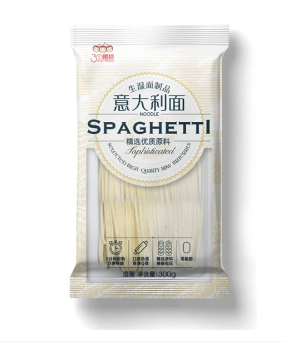
In summary, the world of Italian Noodles—encompassing Italian Pasta, Italian Spaghetti, Fresh Spaghetti, and their place among Western Noodles—represents a culinary legacy built on quality ingredients and time-honored techniques. These noodles excel in their ability to balance simplicity with versatility, adapting to endless flavor combinations while maintaining their cultural identity. Whether enjoyed as a comforting bowl of Italian Spaghetti with marinara sauce or a gourmet dish featuring Fresh Spaghetti tossed in truffle oil, Italian Noodles continue to captivate palates worldwide. Their enduring popularity speaks to their timeless appeal, proving that great food need not be complicated—just crafted with care and respect for tradition.
Eidaleg Noodles FAQs
1. What are the defining characteristics of authentic Italian noodles made fresh?
Authentic fresh Italian noodles are characterized by a tender yet distinctly elastic texture that is achieved through traditional kneading techniques. The use of high-quality semolina flour and fresh eggs, often with rich golden yolks, gives the dough its signature richness and pliability. This fresh pasta dough is rolled and cut into various shapes without undergoing a prolonged drying process, preserving its moisture and resulting in a delicate, porous surface that is ideal for capturing and holding onto sauces.
2. How does the cooking time and behavior of fresh Italian noodles differ from their dried counterparts?
Fresh Italian noodles require a significantly shorter cooking time, typically ranging from just one to three minutes in boiling salted water. Because they have not been dehydrated, they absorb water very quickly and will become soft and tender almost immediately. Their delicate nature means they can easily become overcooked and mushy if not monitored closely. They are done cooking when they float to the surface of the water and have a soft yet firm bite, known as 'al dente', which is much more easily achieved with fresh pasta.
3. What types of sauces are best suited for pairing with fresh Italian noodles?
Fresh Italian noodles are exceptionally well-suited for lighter, cream-based, or delicate oil-based sauces. Their soft, porous, and slightly velvety texture provides an excellent foundation for sauces like Alfredo, a simple sage and brown butter sauce, or a light tomato and basil sauce. The delicate nature of the fresh pasta allows it to harmonize with the sauce without overpowering it, creating a balanced and refined dish where the fresh, egg-rich flavor of the noodles themselves can still be appreciated.
4. Can you describe the traditional process of making fresh Italian noodles from scratch?
The traditional process begins with creating a well of finely milled "00" flour or semolina on a large wooden board. Fresh eggs are cracked into the center of this well. Using a fork, the eggs are gradually beaten while slowly incorporating the flour from the inner walls of the well until a shaggy dough begins to form. This dough is then kneaded by hand for an extended period until it becomes incredibly smooth and elastic. The dough is rested, then rolled out paper-thin using a long rolling pin or a manual pasta machine before being cut into ribbons of various widths to create different types of long Italian noodles like tagliatelle or pappardelle.
5. How should one properly store fresh Italian noodles to maintain their quality and prevent spoilage?
To maintain the perfect texture and prevent spoilage, fresh Italian noodles must be stored correctly immediately after they are made. If planning to cook them within a few hours, they can be loosely coiled into nests and placed on a floured tray, covered with a clean cloth. For longer storage, they should be placed in an airtight container and refrigerated, where they will keep for two to three days. For extended storage, the noodles are best frozen; arrange them in a single layer on a baking sheet to freeze initially before transferring the frozen nests to a freezer bag, which prevents them from sticking together and allows for easy portioning.
-
Fast Cook Noodles: Convenient Staples for Modern LifestylesNewyddionAug.23,2025
-
Italian Noodles: Versatile Staples of Global CuisineNewyddionAug.23,2025
-
Instant Cold Noodles: A Refreshing Culinary ConvenienceNewyddionAug.23,2025
-
Buckwheat Noodles: The Art and Nutrition of Handmade SobaNewyddionAug.23,2025
-
Low Calorie Soba Noodles: A Nutritious Choice for Healthy EatingNewyddionAug.23,2025
-
The Wholesome Delight of Organic NoodlesNewyddionAug.15,2025
-
The Vibrant Delight of Spinach NoodlesNewyddionAug.15,2025
Pori qua y cynnyrch canlynol newydd yr ydym













































































































